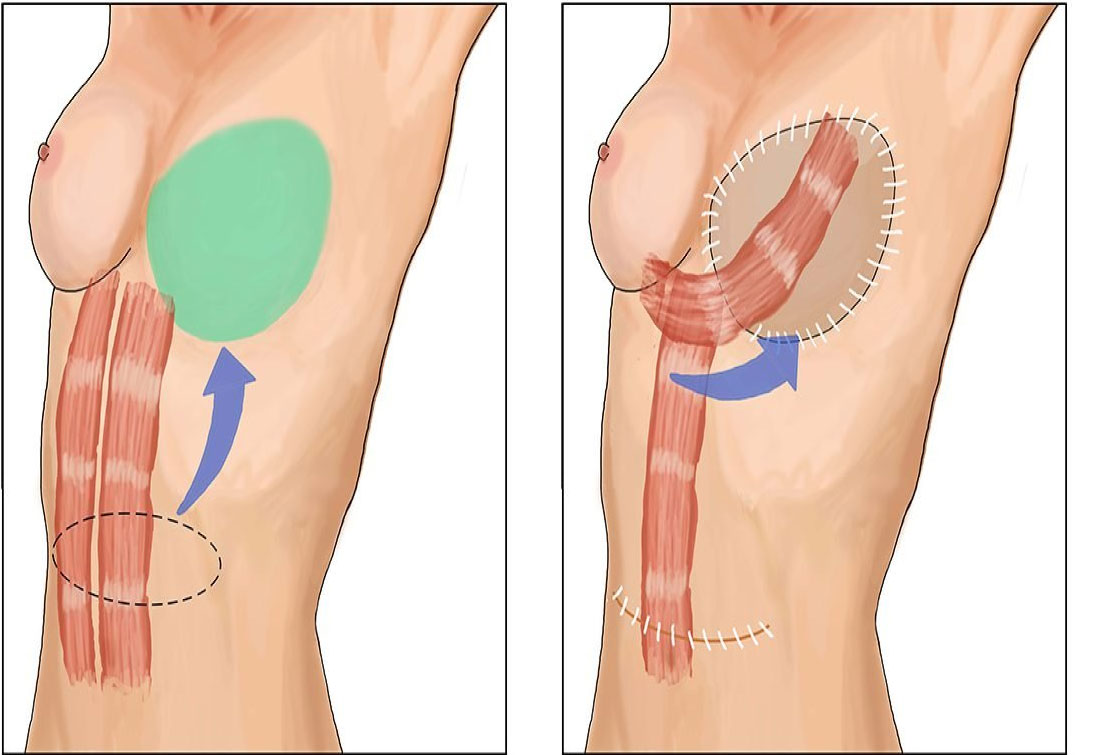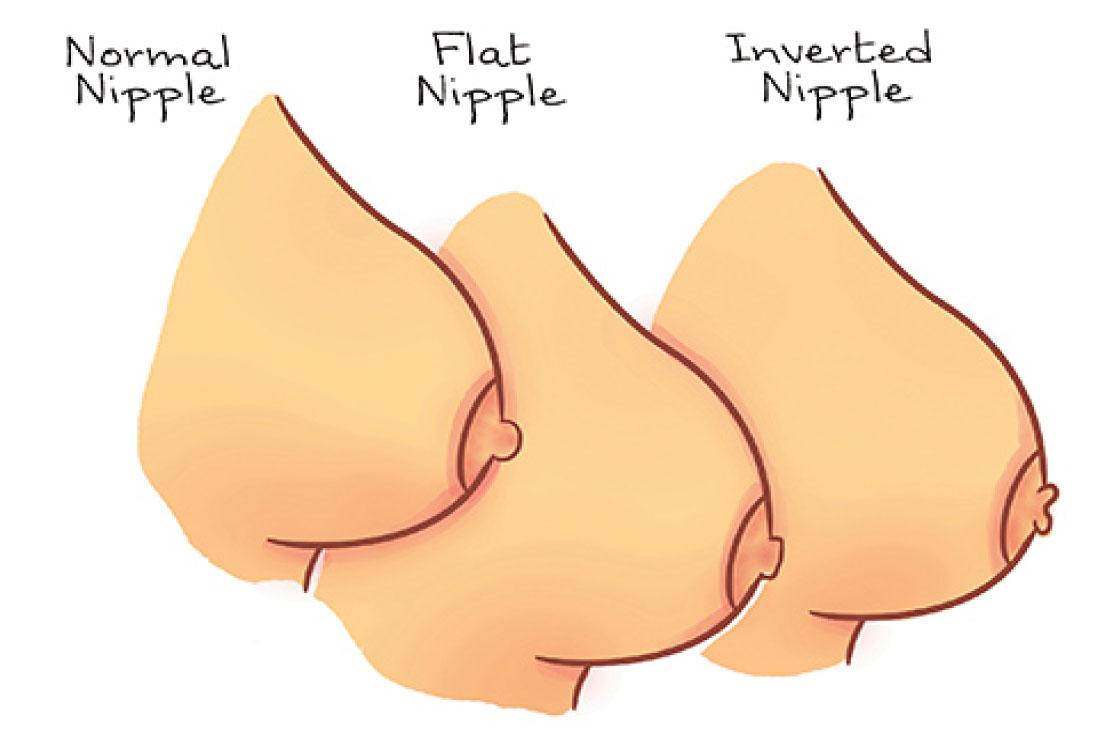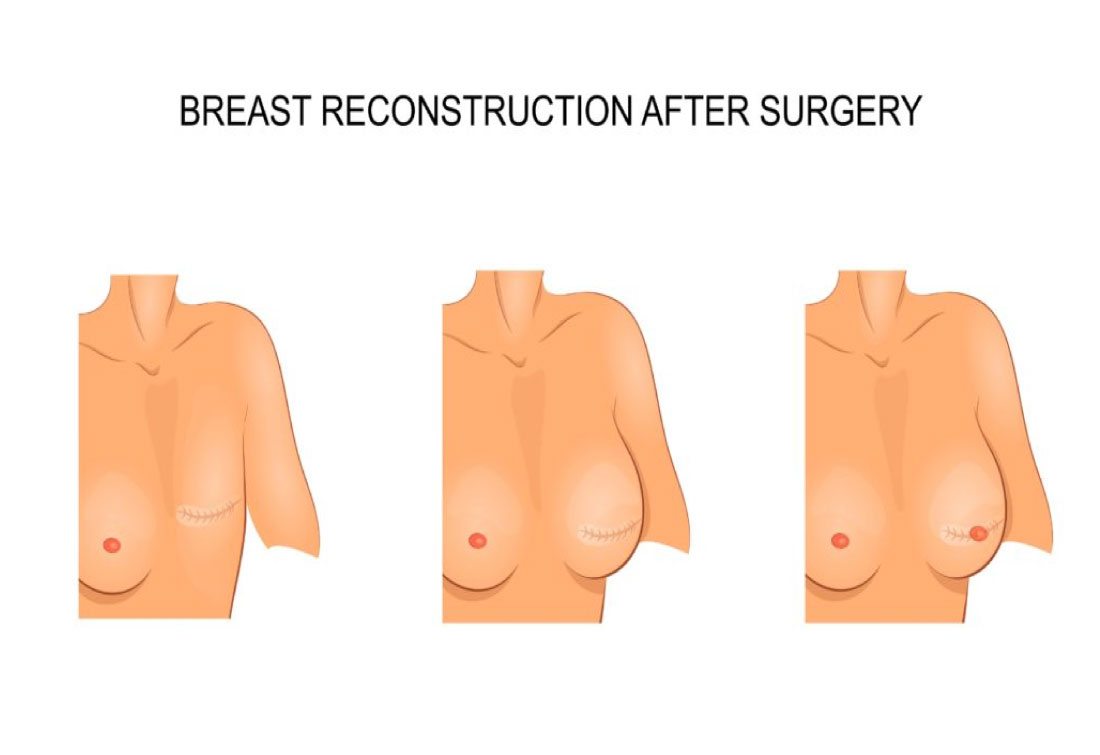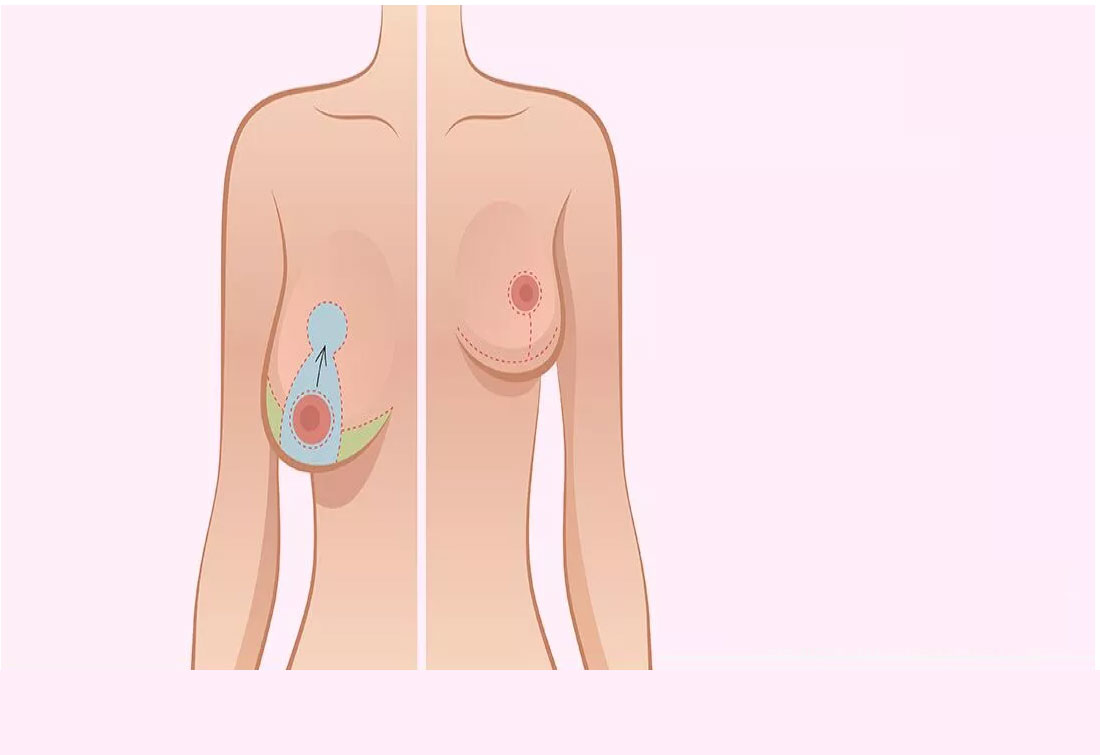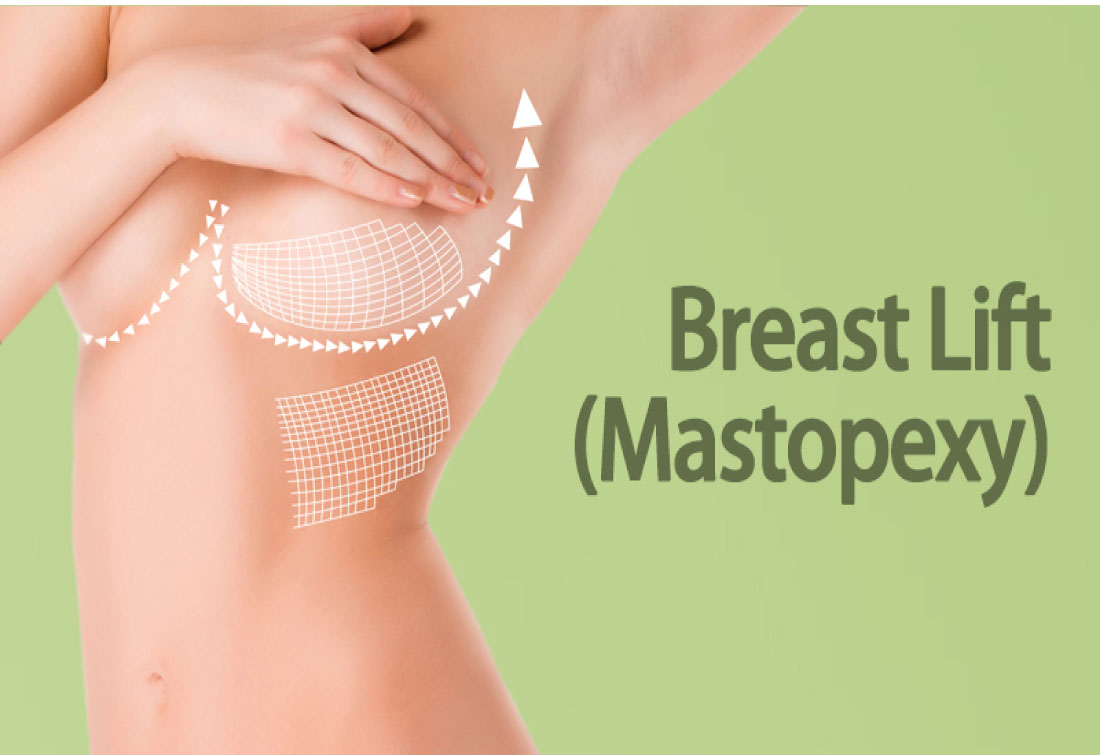Breast Reconstruction
Breast reconstruction is a very important procedure that can empower and restore self esteem after the debility of undergoing a mastectomy, most commonly for breast cancer.
Some women elect to have “immediate” breast reconstruction while others elect to wait until their treatment regimen (which can include chemotherapy and sometimes radiation) is complete. Women that elect to wait will usually undergo “delayed” breast reconstruction (done months or sometimes even years after their mastectomy).
There are basically two general types of breast reconstruction: implant-based reconstruction that utilizes tissue expanders and implants, and “autologous” reconstruction that involves utilizing the natural “tissues of the body” to recreate one breast, or both breasts in some cases.
Implant-Based Breast Reconstruction
This usually involves the placement of a tissue expander (similar to a saline-filled breast implant) at the time of the mastectomy, or afterwards in cases of delayed reconstruction. Small amounts of saline are then added to the implant during a series of office visits until the expander has “expanded” out and recruited and “created” new skin for the breast mound. This process usually takes several months. Once the breast mound volume has been restored, the patient is taken back to surgery to remove the tissue expander and replace it, typically with a silicone gel permanent breast implant. If the mastectomy is only on one side, a “symmetry” procedure is often performed on the other breast, if necessary, to try to give the patient the best symmetry and balance to the chest.
Nipple reconstruction is the final step that is performed to recreate the nipple. This is done as an outpatient. Areolar pigmentation (similar to tattooing) is the final step to add the color back to the nipple and areola. Not all women desire all aspects of the breast reconstruction; however, most women do.
Autologous Breast Reconstruction
The TRAM flap (Tranverse Rectus Abdominis Muscle) flap (or pedicled TRAM flap) is still the flagship of the many different types of flaps now utilized for breast mound reconstruction. This involves harvesting the tummy skin and fat and rotating it on one of the rectus “six pack” muscles into the breast for reconstruction. The “bonus” to undergoing this more extensive procedure is that the patient ends up with essentially a “tummy tuck” result afterwards. Newer techniques such as the free TRAM, muscle-sparing free TRAM, and DIEP (Deep Inferior Epigastric Perforator) flap all harvest the same tissue (abdominal skin and fatty tissue) but without taking the entire muscle. The DIEP flap encompasses the same tissue on its “perforator” leaving the entire muscle behind. They are all what are termed “free flaps’ which means the tissue is completely removed from the body and reconnected using microsurgery techniques to connect the blood vessels.
FAQ
Question: How long off of work?
Answer:Most patients that elect to undergo tissue expander/implant-based reconstructions usually take off of work a week or less. Most patients that undergo pedicled TRAM or latissimus flap breast reconstruction usually take off 2-3 weeks from work.
Question:Does breast reconstruction have any effects on recurrence of disease?
Answer: According to the ASPS (American Society of Plastic Surgeons), “reconstruction has no known effect on the recurrence of disease in the breast, nor does it generally interfere with chemotherapy or radiation treatment should cancer reoccur.”
Question:Will I need multiple procedures?
Answer:Some breast reconstruction is “single stage” for creation of the “breast mound,” such as the TRAM flap. Some require multiple surgeries for tissue expander reconstruction, whereby the tissue expander is placed in the first surgery and then “exchanged” for a permanent implant in a subsequent surgery. All patients that elect to complete all aspects of breast reconstruction (breast mound, nipple, and areola) will require multiple procedures since, even on the more extensive breast mound reconstructions, the nipple areolar reconstruction is always done as a subsequent procedure.
